Содержание
- 2. Joseph Reny 171(1) la2
- 3. Learning Objectives Explain the basic disease process associated with seizures. List the various causes of seizures.
- 4. Learning Objectives Define status epilepticus. Describe assessment priorities for a seizure victim. Describe and demonstrate first
- 5. Introduction Neurological emergencies such as seizures or fainting are often more graphic than fatal. The First
- 6. Seizure Involuntary, sudden change in sensation, behavior, muscle activity, or mental status Occurs due to electrical
- 7. Causes of Seizures Can result from any type of electrical or chemical disturbance in the brain
- 8. Types of Seizures Generalized tonic-clonic (grand mal) Absence (petit mal) Simple partial (Jacksonian) Complex partial (psychomotor)
- 9. Status Epilepticus Condition where single seizure lasts more than 5 minutes, or series of seizures occur
- 10. Seizures Assessment Generalized tonic-clonic symtoms Aura Tonic phase Hypertonic phase Tonic-clonic phase Autonomic discharge Post-seizure phase
- 11. Assessment Considerations for Seizures Obtain medical history from reliable sources History of seizures? Medications for seizures?
- 12. First Aid Care for Seizures Seek medical help if: Multiple seizures or a long seizure (more
- 13. First Aid Care for Seizures Take standard precautions, activate EMS. Move objects away from victim. Establish
- 14. First Aid Care for Seizures Turn victim on left side. Do not restrain victim. Reassure and
- 15. First Aid Care for Status Epilepticus Take standard precautions, activate EMS. Place the victim safely on
- 16. Dizziness Dizziness (or vertigo) Commonly described as woozy, light-headed, or dream-like states True vertigo involves a
- 17. Dizziness Signs and symptoms Central vertigo is less common but most serious Caused by central nervous
- 18. Dizziness First aid care Take standard precautions. Reassure the victim, help them to position of comfort.
- 19. Fainting Also known as syncope Brief loss of consciousness Triggered by inadequate brain oxygenation Victim collapses,
- 20. Fainting Signs and symptoms Nausea, abdominal pain Light-headedness, weakness Possible shaking Pounding pain in the head
- 21. Fainting First aid care If they have not fainted yet, have victim sit down or lie
- 22. Fainting First aid care If victim has already fainted, keep them supine. Monitor for vomiting, loosen
- 24. Скачать презентацию



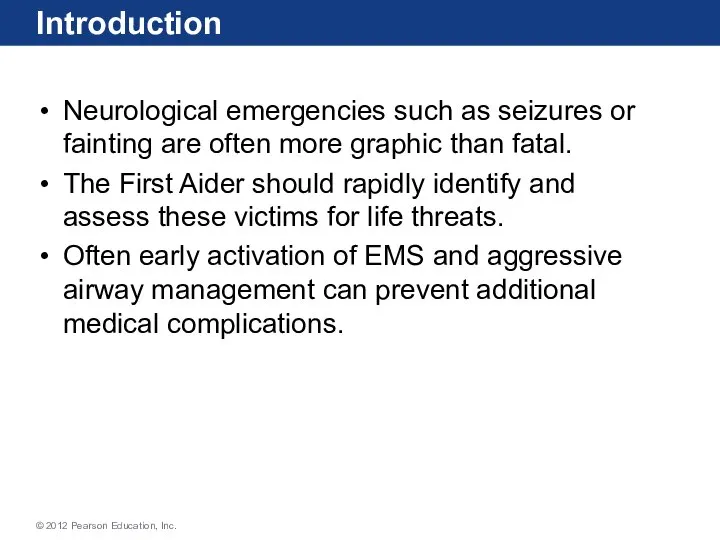
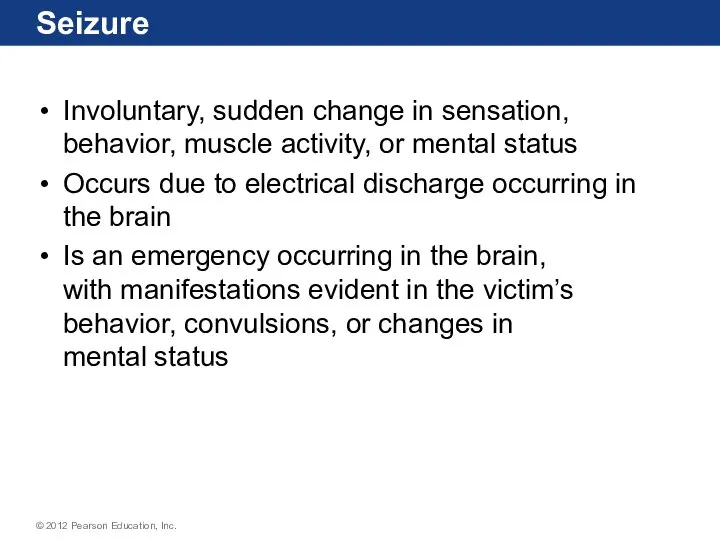
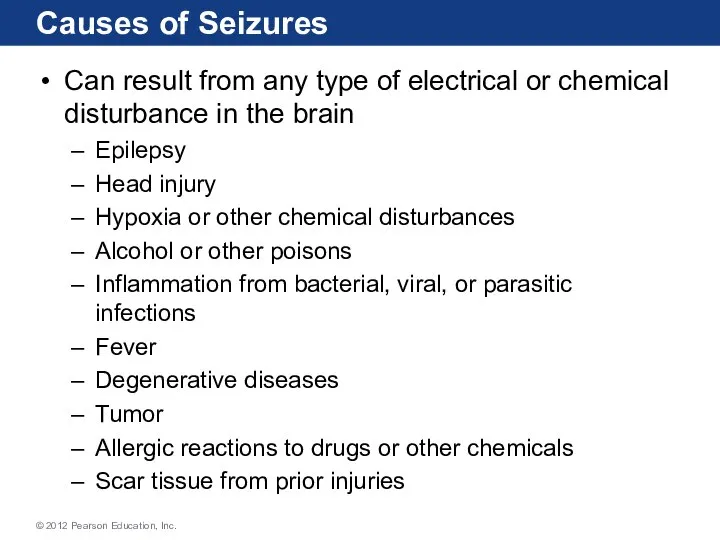
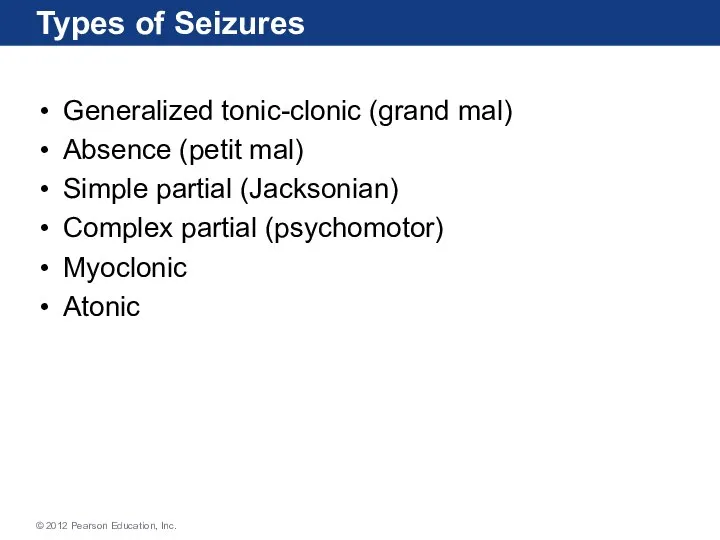


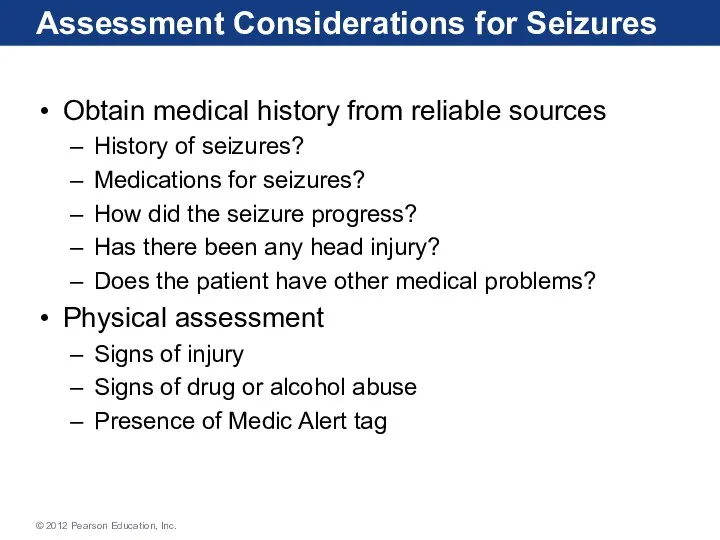
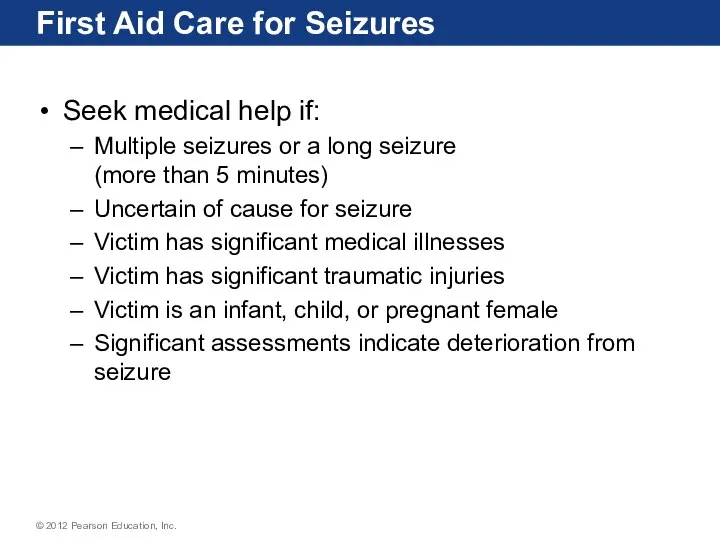

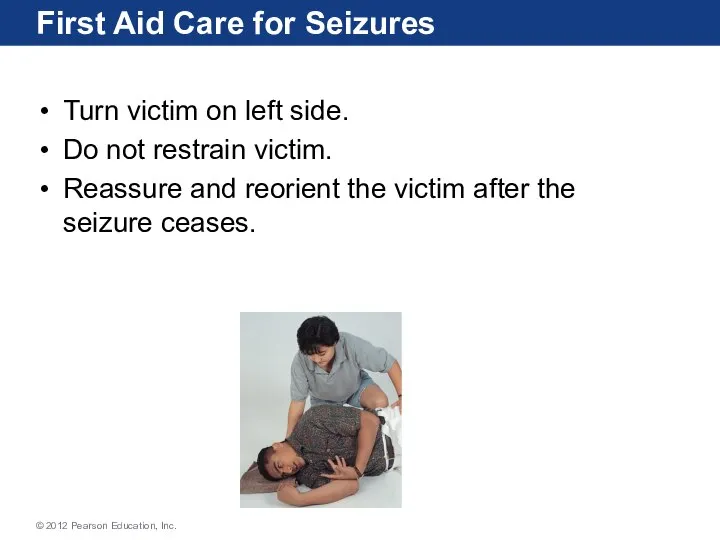


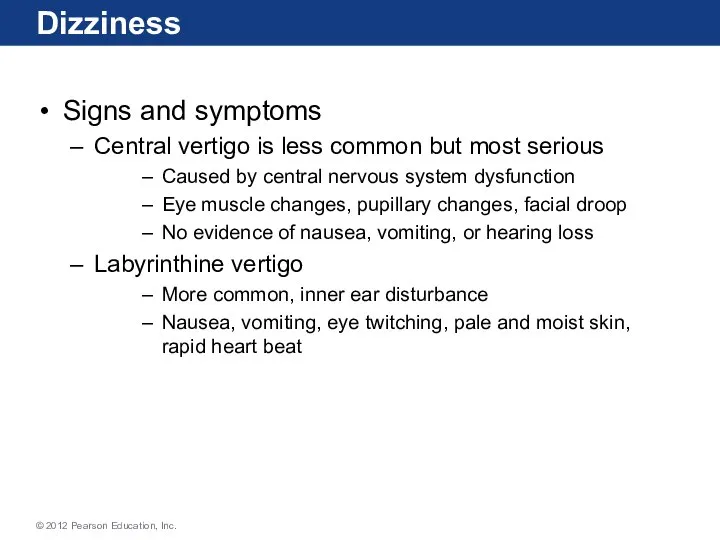
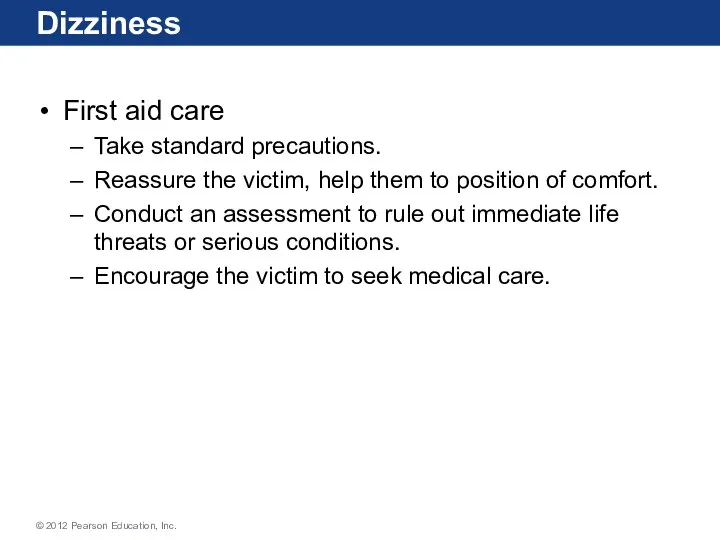

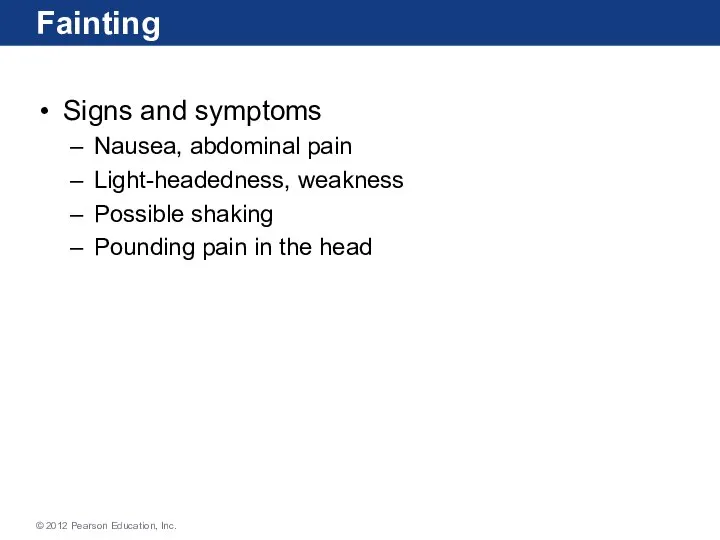

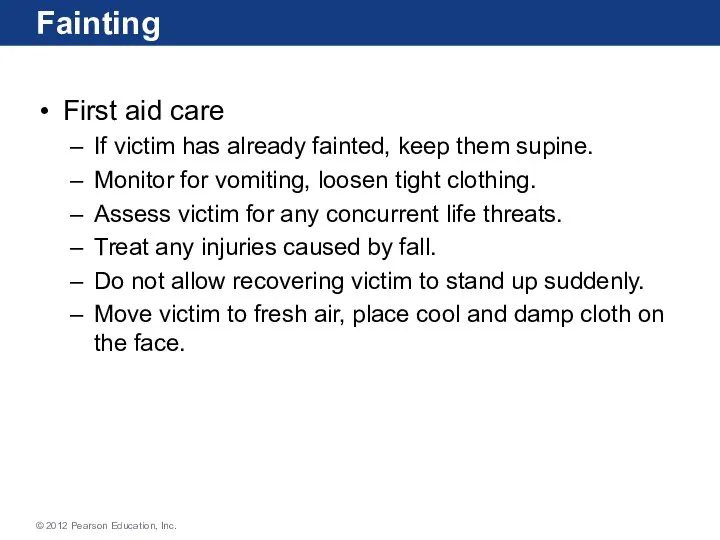
 Геморрагические диатезы
Геморрагические диатезы Наборы дезинфекции антисептики. Санитайзеры. Увлажнители. Защита. Позитив
Наборы дезинфекции антисептики. Санитайзеры. Увлажнители. Защита. Позитив Кластерная головная боль
Кластерная головная боль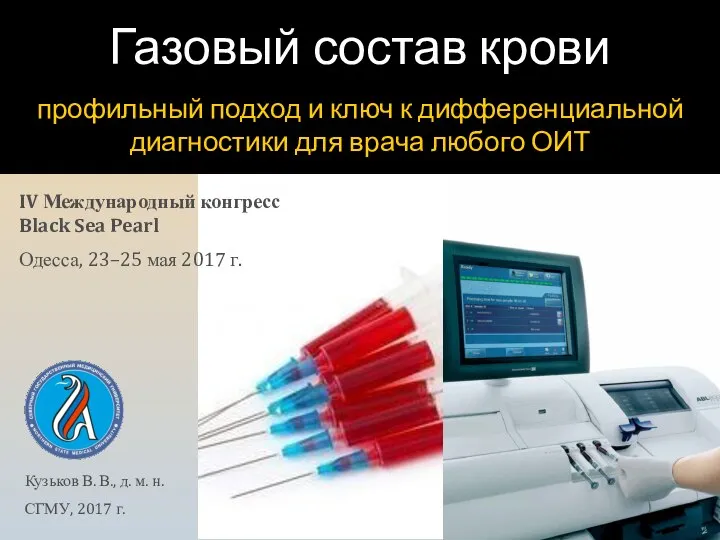 Газовый состав крови. Нарушения газообмена
Газовый состав крови. Нарушения газообмена Беременность и патология почек
Беременность и патология почек Перитонит. Сепсис. Мастит
Перитонит. Сепсис. Мастит Диагностика хирургических заболеваний
Диагностика хирургических заболеваний Характеристика дезинфицирующих средств
Характеристика дезинфицирующих средств 05. Стандарти (норми) медсестринської діяльності
05. Стандарти (норми) медсестринської діяльності Морфологическое исследование крови
Морфологическое исследование крови Окружающая среда: определение, виды, объекты, факторы. Специфическое и неспецифическое действие факторов ОС
Окружающая среда: определение, виды, объекты, факторы. Специфическое и неспецифическое действие факторов ОС Клинико-лабороторные проявления ревматоидного артрита
Клинико-лабороторные проявления ревматоидного артрита Эпилептический припадок
Эпилептический припадок Мышление у лиц с первичной речевой патологией
Мышление у лиц с первичной речевой патологией Coronavirus
Coronavirus Укусы насекомых и защита от них
Укусы насекомых и защита от них Европейская неделя иммунизации
Европейская неделя иммунизации Виды медицинской помощи, оказываемые при чрезвычайных ситуациях
Виды медицинской помощи, оказываемые при чрезвычайных ситуациях виды медицинских осмотров их организация и проведение
виды медицинских осмотров их организация и проведение маммография
маммография Определяем доминирующий профиль
Определяем доминирующий профиль АНАТОМИЯ, ФИЗИОЛОГИЯ И ПАТОЛОГИЯ ОРГАНОВ РЕЧИ
АНАТОМИЯ, ФИЗИОЛОГИЯ И ПАТОЛОГИЯ ОРГАНОВ РЕЧИ Артериальная гипертензия, или гипертония
Артериальная гипертензия, или гипертония группы крови
группы крови ВКР: Безопасность медицинского персонала при оказании помощи больным коронавирусом
ВКР: Безопасность медицинского персонала при оказании помощи больным коронавирусом Шинирование зубов современными волоконными материалами
Шинирование зубов современными волоконными материалами Хромосомные болезни, обусловленные аномалиями аутосом
Хромосомные болезни, обусловленные аномалиями аутосом Пластыри. Технологические стадии производства
Пластыри. Технологические стадии производства